Collections
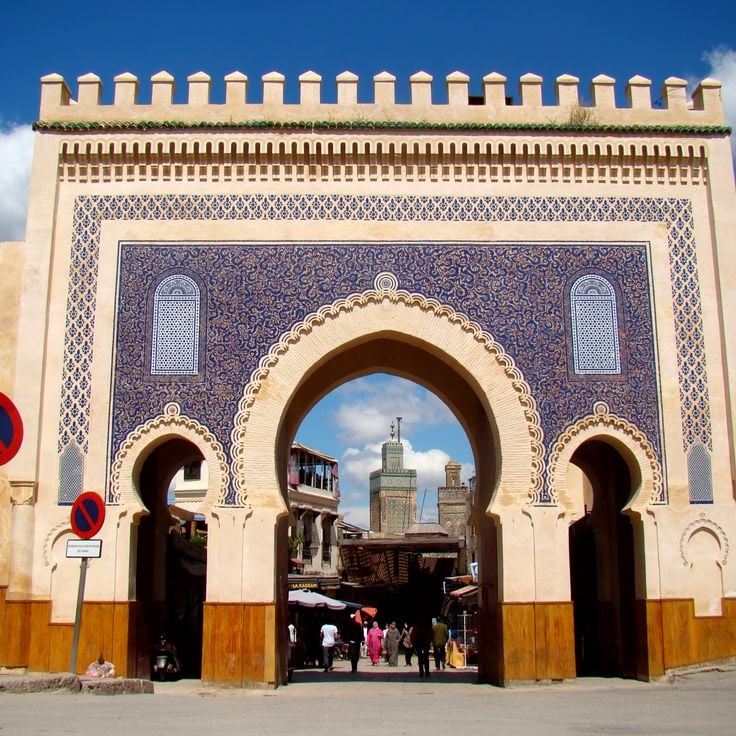
Historical tour of medieval Fes
Fes displays Morocco's history through its architecture, mosques, and crafts. The city contains one of the world's oldest universities, traditional tanneries, and notable religious schools. Blue gates, palaces, museums, and fortresses define the urban landscape. The Jewish quarters and synagogues add to the city's cultural heritage.
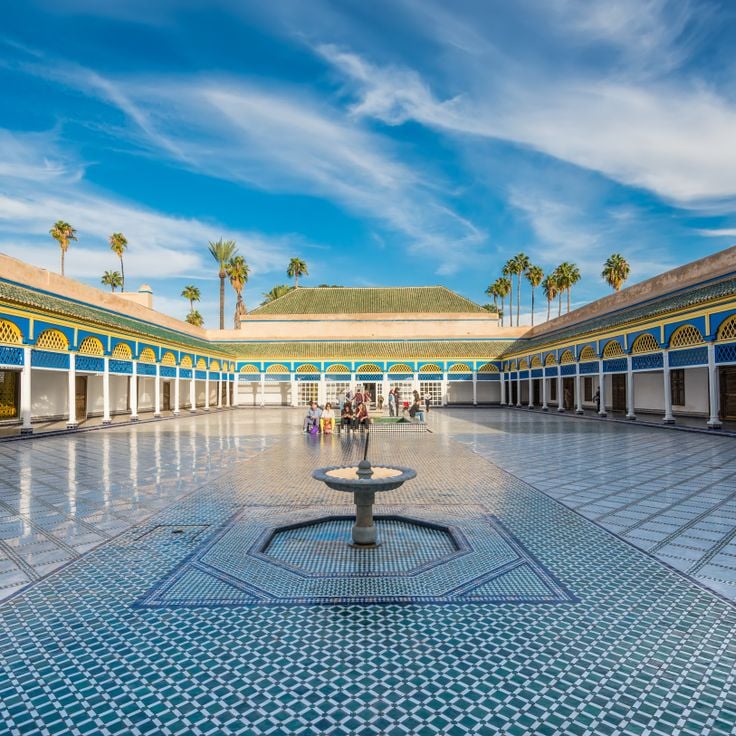
Main monuments and cultural sites in Marrakech
The route covers main architectural landmarks of Marrakech. It includes Bahia Palace, Koutoubia Mosque, the Medina, historic gardens, and museums. The path connects architectural, religious, and cultural sites of the city.

Art and history spots in Bilbao
Bilbao combines modern art, Gothic architecture, and Basque traditions. The city features the Guggenheim Museum, medieval cathedrals, Europe's largest indoor market, and the Maritime Museum. The Nervión promenade connects historic bridges with contemporary architecture.
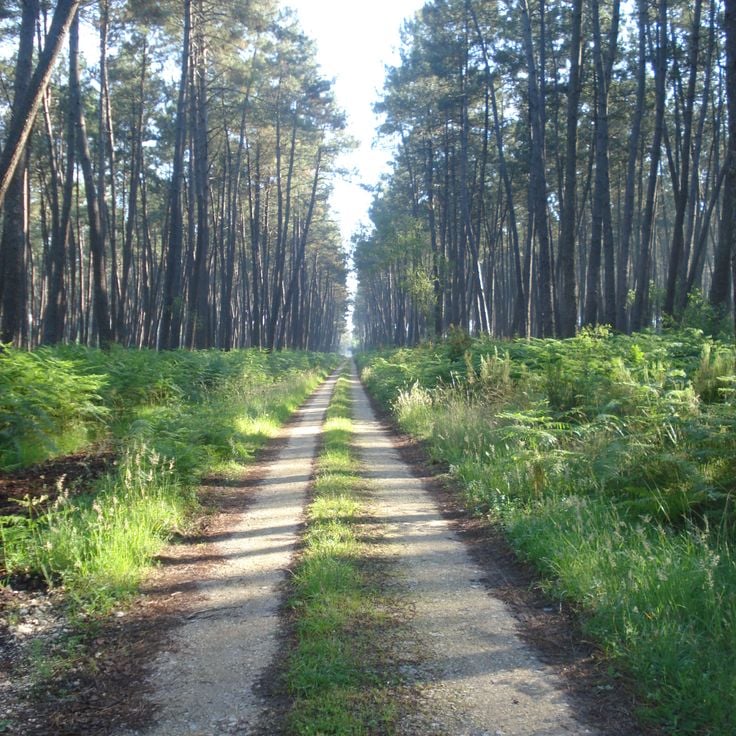
Historical and natural sites in Landes
The Landes region features natural parks, medieval churches, castles, and coastal areas. The territory includes pine forests, lakes, and nature reserves with diverse flora and fauna. The historical buildings display Romanesque and Gothic architecture from different centuries.
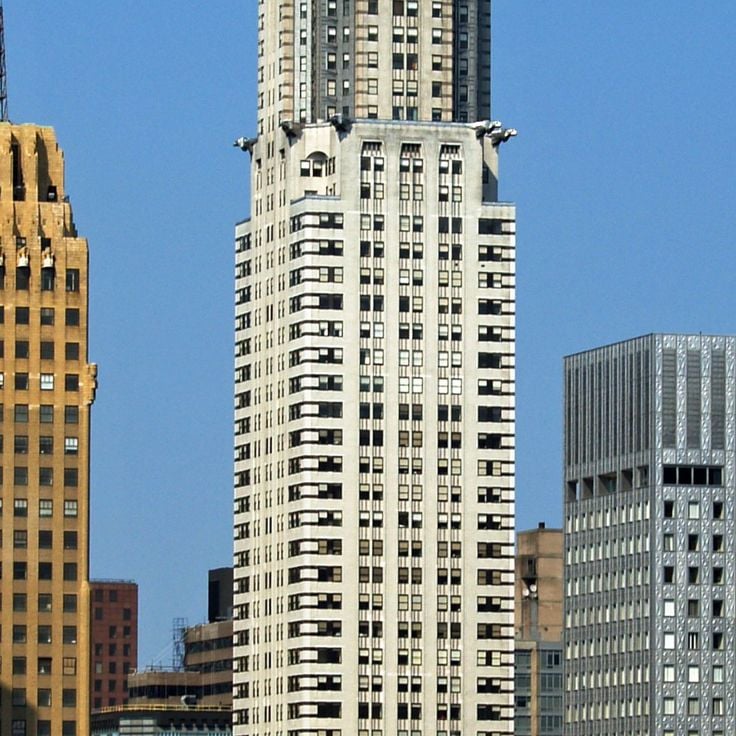
Art deco architectural guide
Art Deco buildings from the 1920s and 1930s display geometric patterns, metallic colors, and decorative elements. These structures demonstrate the architectural style through symmetry, vertical lines, and stepped forms. From skyscrapers in New York to theaters in Los Angeles, this guide documents significant examples of Art Deco architecture in cities worldwide.
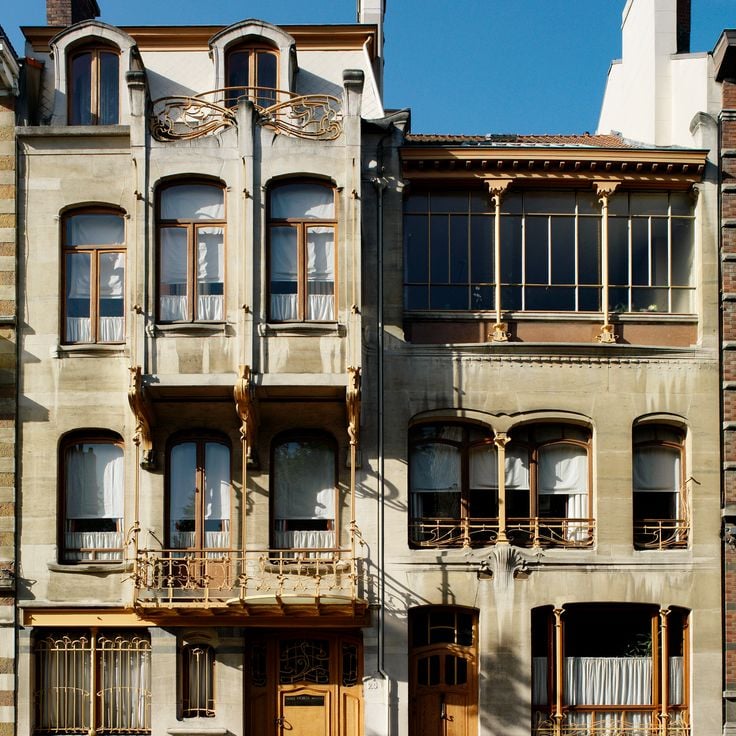
Art Nouveau architecture in Europe
Art Nouveau buildings from 1890 to 1910 display ornamental designs, curved lines, and natural motifs. The architecture spans from railway stations to private houses, featuring decorative facades, wrought iron details, and stained glass windows. These structures across Europe combine craft traditions with industrial techniques.
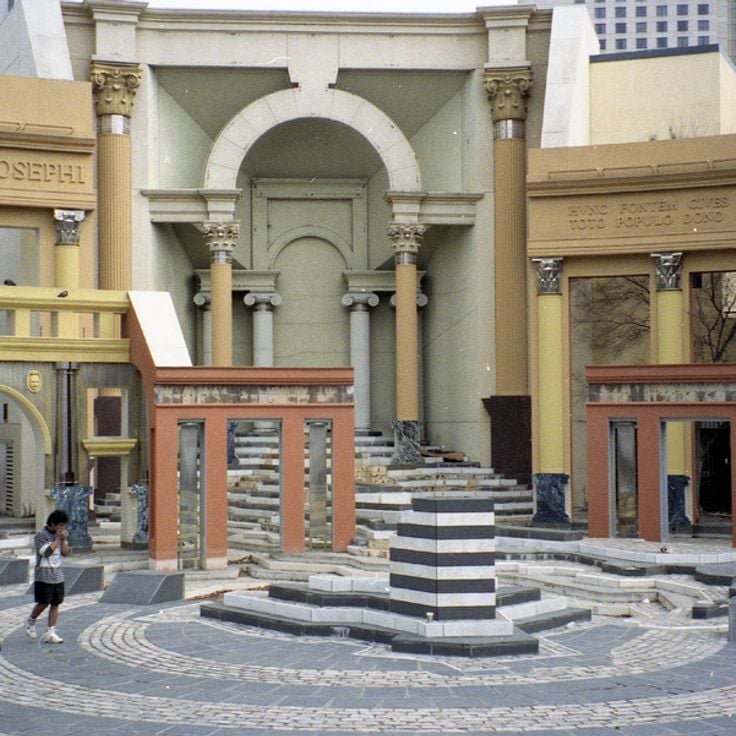
Postmodern architecture worldwide
These structures represent postmodern architecture from 1970 to present. The buildings display diverse forms, materials, and functions: from museums and libraries to stadiums and churches. They combine new technologies with artistic elements.

Neogothic architecture world tour
This selection presents Neogothic architecture in churches, universities, parliaments, and railway stations. The buildings feature pointed arches, flying buttresses, rib vaults, and stone spires. These structures emerged in the 19th century as a revival of medieval architecture.
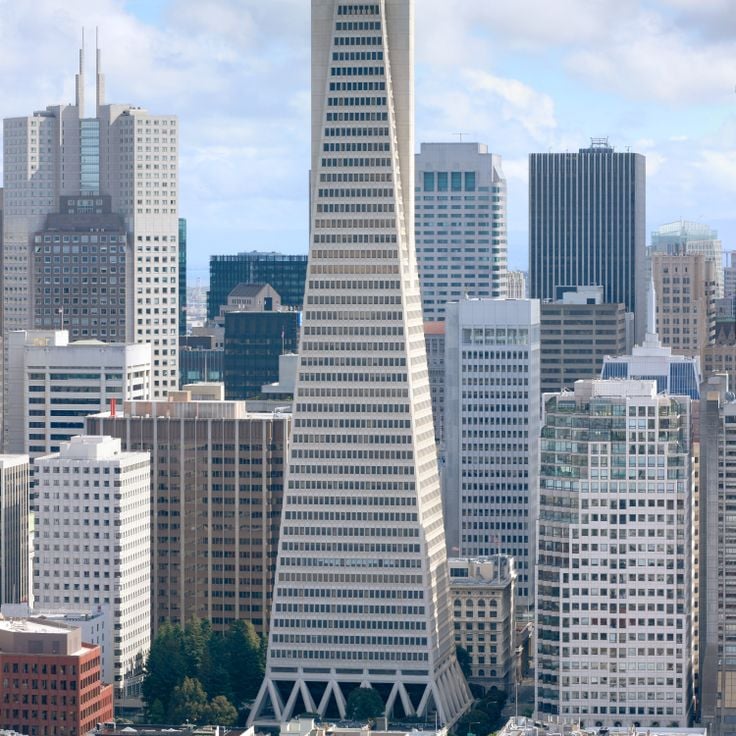
Unusual architectural structures around the world
These structures demonstrate the boundaries of architectural design. From the Transamerica Pyramid in San Francisco to the Lotus Temple in New Delhi, architecture takes unconventional forms. The buildings combine technical innovation with artistic expression.
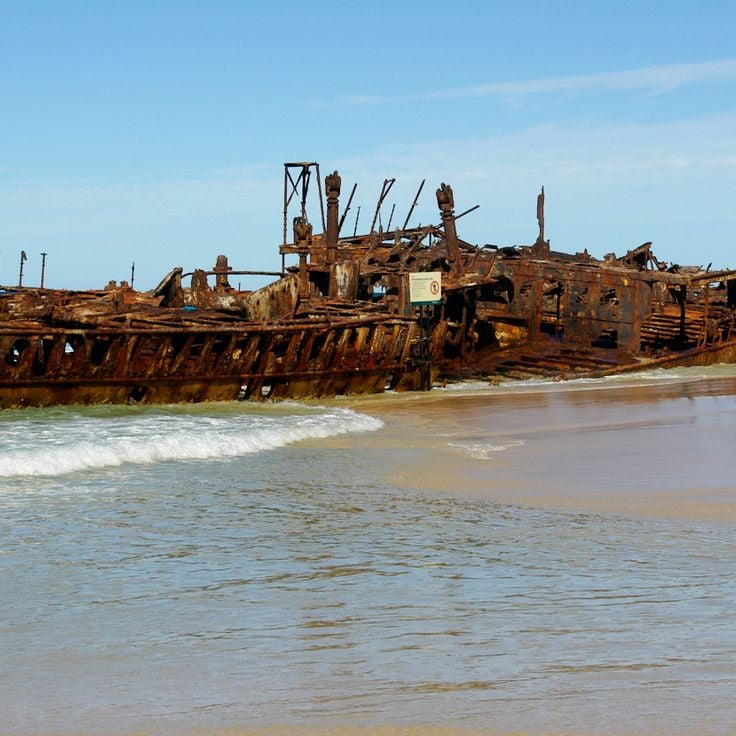
Notable locations across Queensland
Queensland contains historical shipwrecks, volcanic landscapes, and cave systems. The region houses a historical temple, rainforests, and nature parks. Notable sites include the SS Maheno shipwreck, Undara volcanic area, and Capricorn caves.
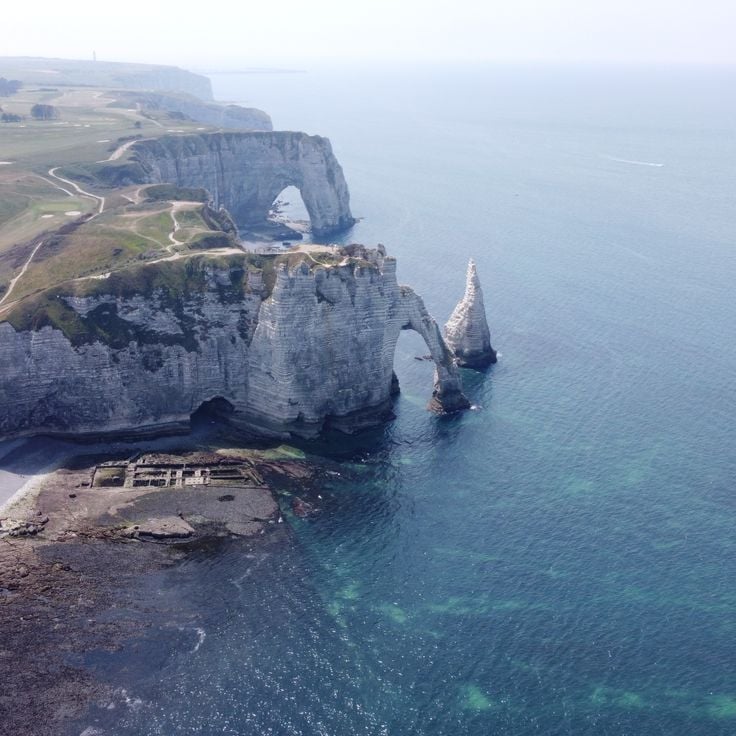
Notable rock formations in France
France contains notable geological formations from the chalk cliffs of Normandy to the limestone gorges of Provence. The landscape includes natural bridges, cliffs, canyons, and islands. The geological features range from white chalk cliffs in Étretat to the limestone plateau of Mont Aiguille.
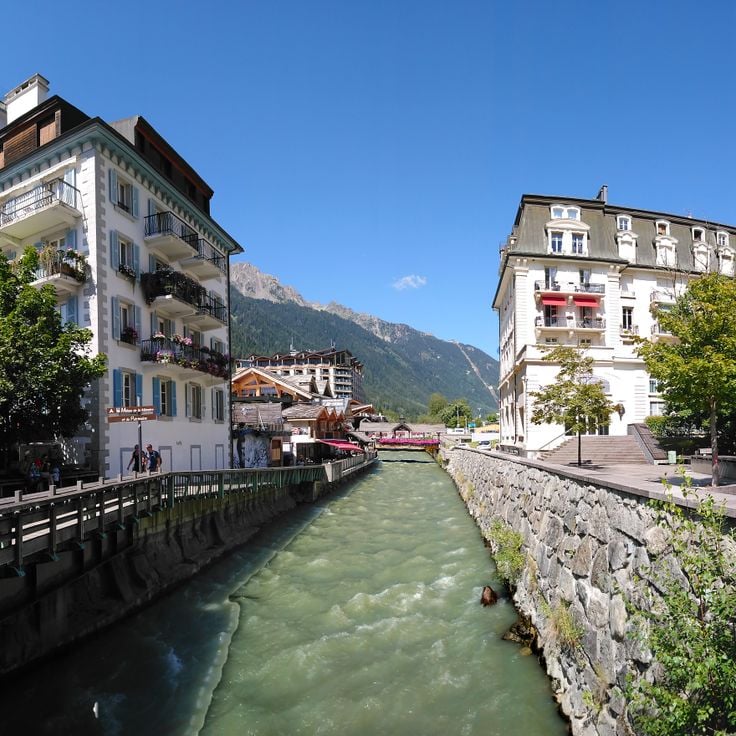
French winter destinations in cities and nature
France presents diverse landscapes in winter, from Alps to Mediterranean coast. Cities display historical architecture under snow, while mountain regions offer ski areas and alpine views. Coastal areas and historical sites remain accessible during cold months.
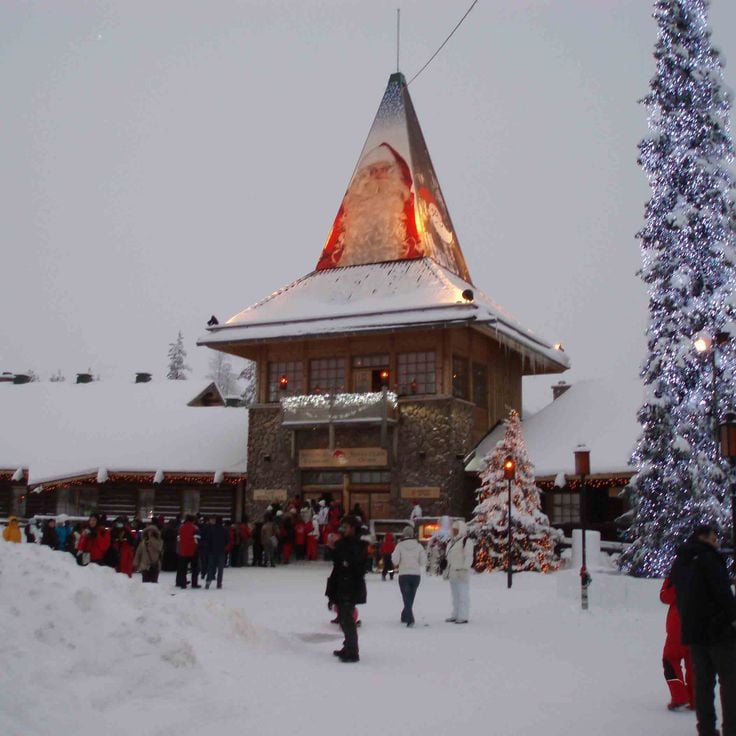
Christmas markets and Santa Claus locations worldwide
These locations represent Christmas traditions worldwide. From Santa Claus Village at the Arctic Circle to historical European markets, they showcase winter celebrations. The selection includes post offices, theme parks, and markets with regional specialties.
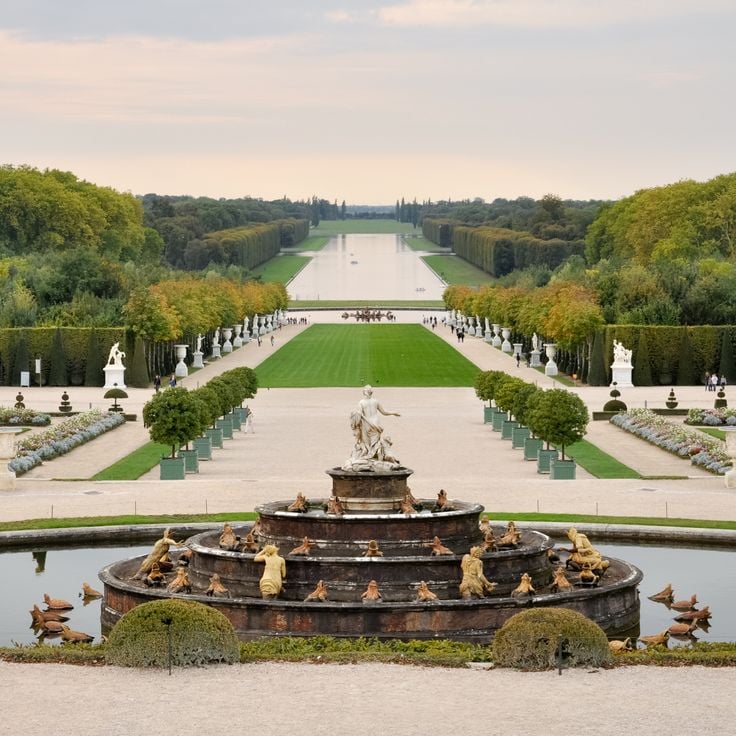
Notable gardens and parks worldwide
These gardens display plant diversity worldwide. From French palace gardens to Asian botanical parks, the selection includes historical sites, modern parks, and UNESCO World Heritage locations. Each garden presents specific plant collections, design styles, and cultural traditions.
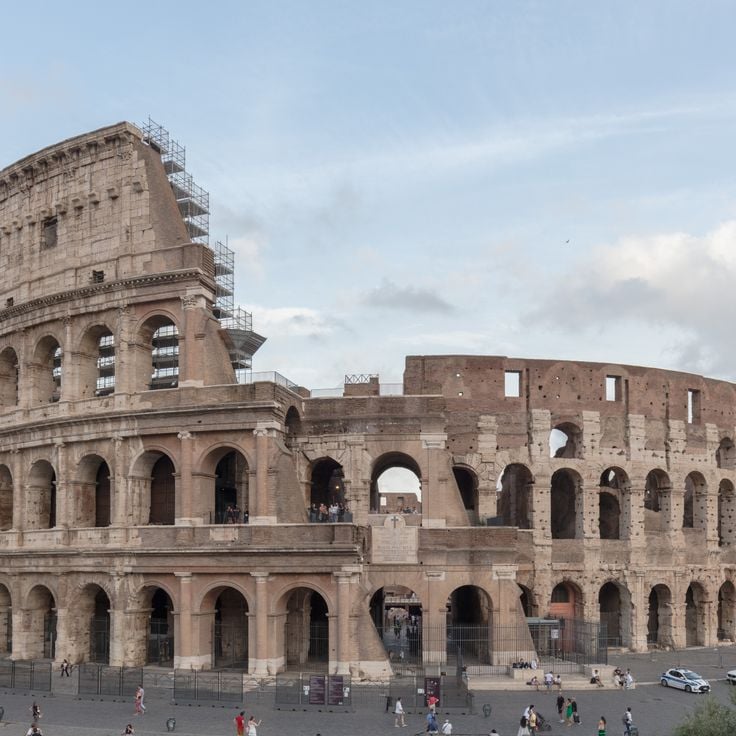
Round monuments and buildings around the world
These structures demonstrate the architectural importance of circles across cultures. From ancient amphitheaters to modern skyscrapers, these locations present technical innovation and cultural tradition. The selection includes temples, museums, stadiums, and observatories spanning several centuries.
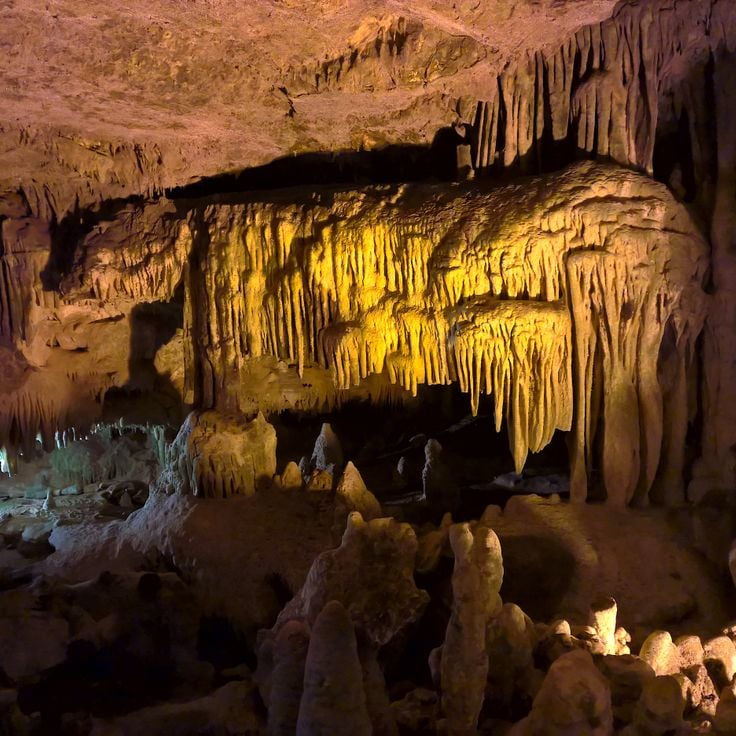
Houses in Italy: karst formations, archaeological sites, and marine cavities
Houses in Italy: karst formations, archaeological sites, and marine cavities
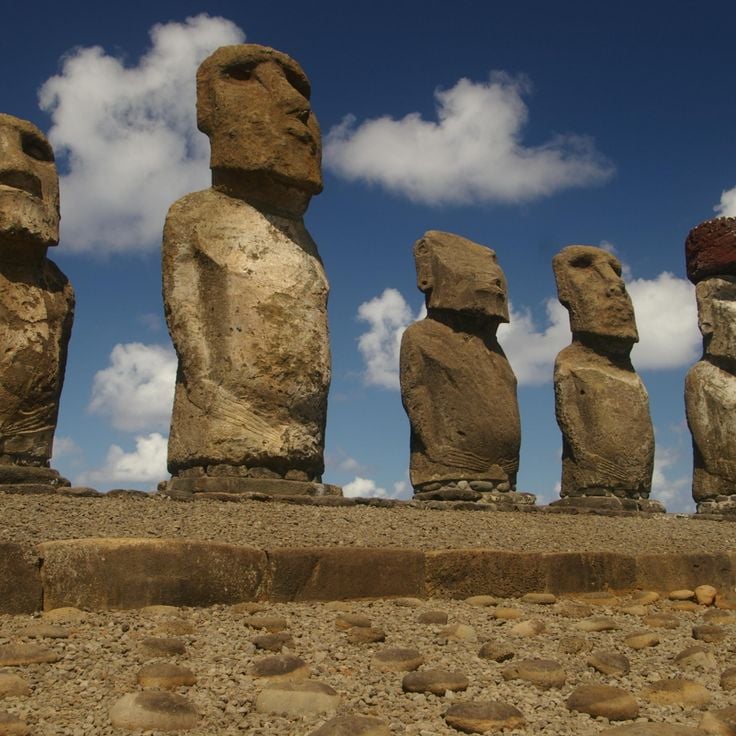
Ancient stone monuments and sacred places worldwide
The monuments range from Easter Island Moai to the Great Wall of China. These structures demonstrate human engineering across millennia. The sites include religious temples, fortresses, tombs, and astronomical installations. Many locations maintain cultural significance for local communities.
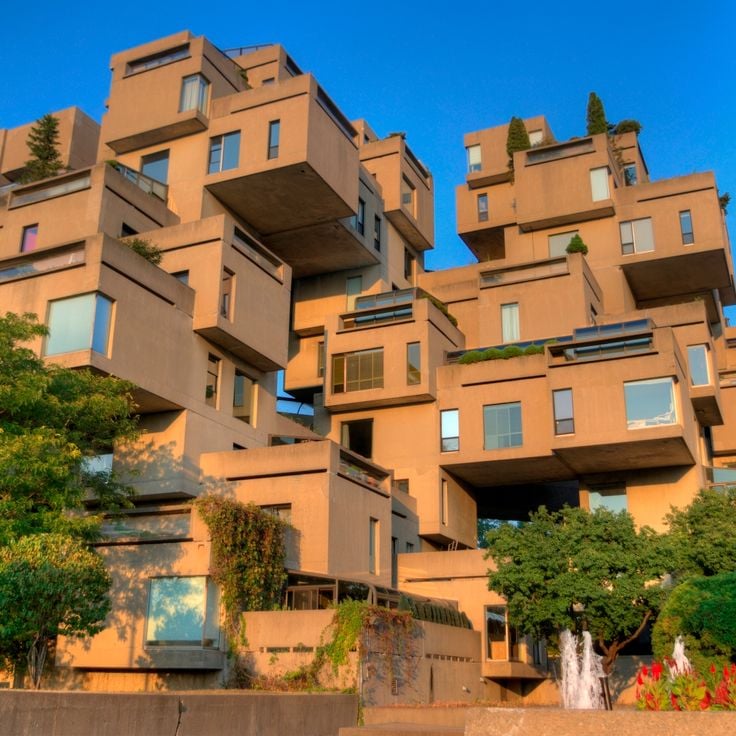
Expo 67 architectural structures in Montreal
The Expo 67 left multiple structures in Montreal. The Biosphere, the Habitat 67 residential complex and the Casino in the former Quebec Pavilion demonstrate the World Fair's influence on the city's architecture. The La Ronde amusement park and Alexander Calder's Three Disks art installation remain as preserved elements of this international exhibition.
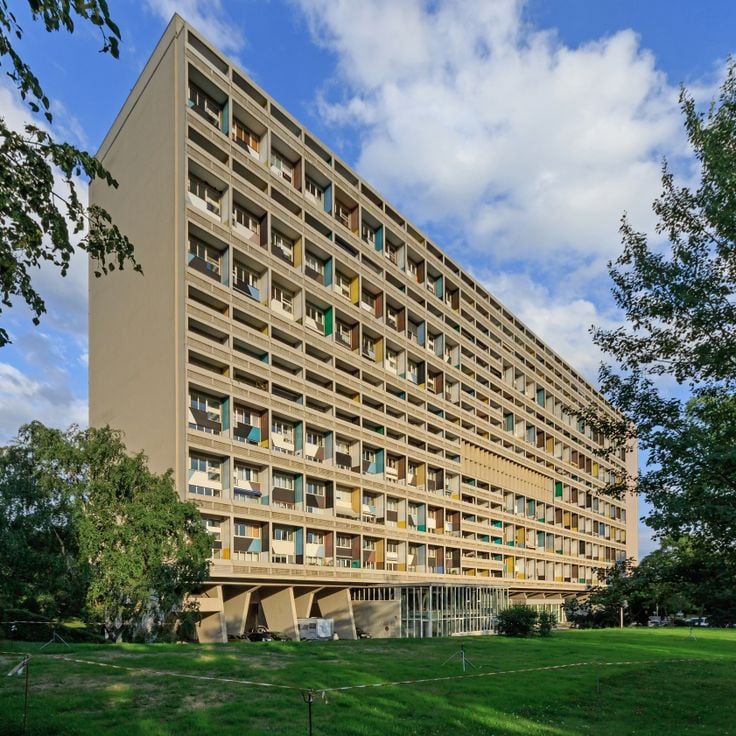
Brutalist architecture buildings
Concrete buildings from brutalist architecture of the 1950s through 1970s. The structures feature raw concrete surfaces, geometric shapes and exposed structural elements. These buildings include administrative centers, universities, churches, theaters and residential complexes from multiple continents.
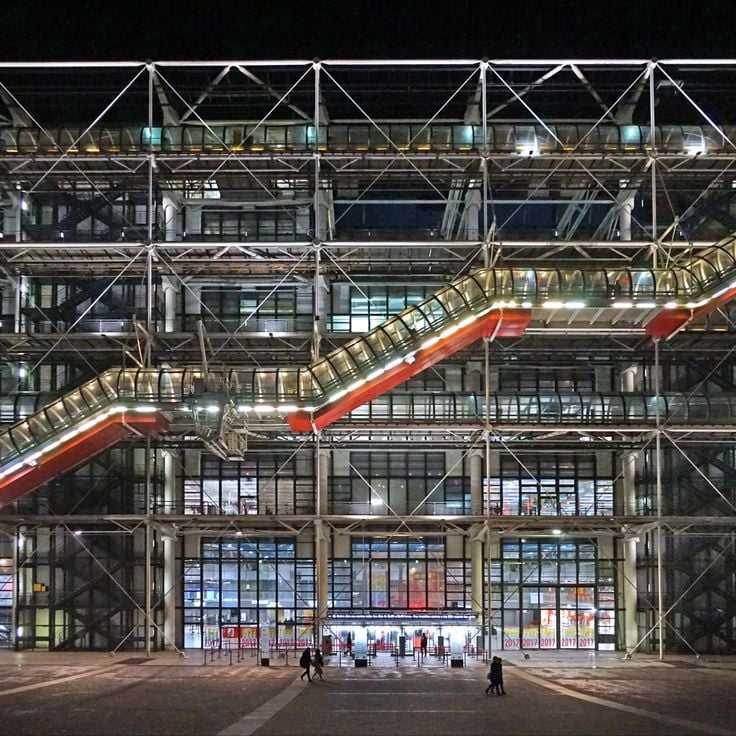
Industrial architecture: transformation of historic sites, cultural centers, and public spaces
This collection gathers examples of architectural rehabilitation where former industrial sites have been transformed into new spaces for living, culture, and gatherings. These projects illustrate how contemporary architecture can give a second life to structures that marked European and North American industrial history, while maintaining their original identity. Included are the Oberhausen Gasometer, a 117-meter gas holder converted into exhibition space, the Van Nelle Factory in Rotterdam, an...